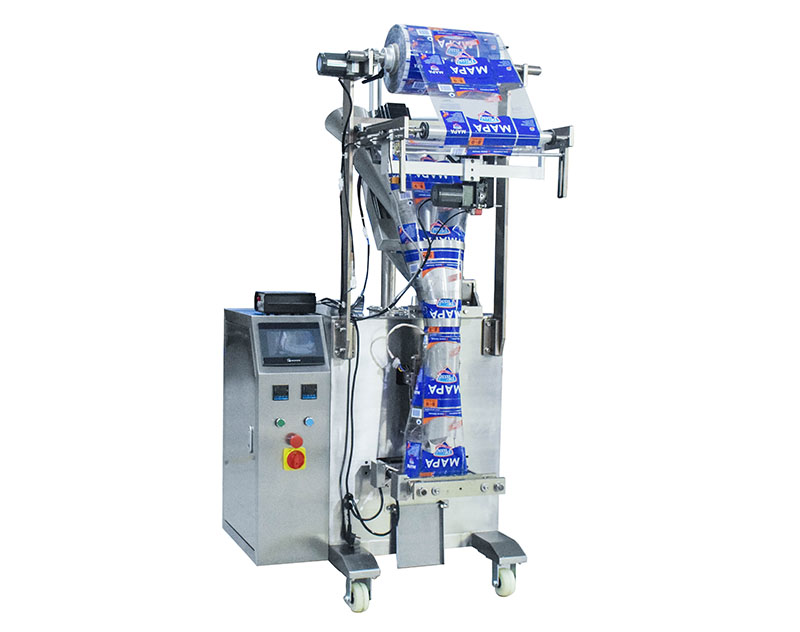What is the best way to store liquid nitrogen?
What is the Best Way to Store Liquid Nitrogen?
Liquid nitrogen is known for its extremely low temperature and is commonly used in various industries and laboratories for cryogenic purposes. However, its storage requires careful planning and precautions to ensure safety. In this article, we will explore the best way to store liquid nitrogen, along with some important considerations to keep in mind.
Understanding the Properties of Liquid Nitrogen.

Before delving into the storage methods, it is crucial to understand the properties of liquid nitrogen. It has a boiling point of -195.79 degrees Celsius or -320.35 degrees Fahrenheit, which means it requires specialized equipment to keep it in a liquid state. Additionally, liquid nitrogen is capable of causing frostbite or severe burns upon contact with skin, making safe storage practices even more essential.
Storing Liquid Nitrogen in Dewars.
One of the most common methods of storing liquid nitrogen is by using cryogenic containers called Dewars. Dewars are vacuum-insulated flasks made of materials like stainless steel or aluminum, which help maintain low temperatures. These containers come in various sizes, ranging from small, portable Dewars to large bulk storage tanks.
Smaller Dewars are suitable for laboratory and medical use and can hold anywhere from a few liters to several gallons of liquid nitrogen. They often feature a pressure relief valve to prevent pressure buildup and a pour spout for easy dispensing. Larger Dewars are mostly used for commercial purposes and require specialized handling and storage facilities due to their size and capacity.
Safety Precautions for Liquid Nitrogen Storage.
Storing liquid nitrogen safely involves taking some necessary precautions to prevent accidents and ensure the longevity of the storage equipment. Here are some key safety measures to consider:
Additional reading:Which is the Better Transportation Method: Cable Car or Ropeway?
How does a fixed grip chairlift work?
What are the parts of aerial work platform?
How to design an efficient lithium battery module assembly line?
Features of Gloves Counting Machine
Which Super Dump Truck for Sale Is the Ultimate Powerhouse in Construction?
Advantages and Applications of CNC Gang Tool Lathes
1. Ventilation: It is crucial to store liquid nitrogen in a well-ventilated area to prevent the buildup of nitrogen gas, which can displace oxygen and lead to asphyxiation.
2. Proper labeling: Clearly label all containers storing liquid nitrogen to avoid any confusion and ensure safe handling by authorized personnel. Include information such as the date of filling, contents, and any specific handling instructions.
3. Protective gear: When handling liquid nitrogen, always wear appropriate personal protective equipment, including cryogenic gloves, face shields, and safety goggles. Encourage employees or individuals handling the liquid nitrogen to receive proper training on safe handling practices and emergency procedures.
4. Regular inspections: Periodically inspect the storage containers and associated equipment to ensure there are no visible signs of damage or wear. Pay attention to seals, valves, and pressure relief devices and promptly replace any faulty components.
5. Secure storage area: Keep the storage area for liquid nitrogen secure, limiting access to authorized personnel only. Prevent the storage containers from being exposed to direct sunlight or extreme temperatures.
Proper Disposal of Liquid Nitrogen.
When it comes to disposing of liquid nitrogen, it is crucial to follow the appropriate procedures to ensure safety and environmental compliance. Never dispose of liquid nitrogen down the drain or sewer system, as it can lead to freezing and blockages in the pipes. Instead, consult with local waste management authorities for guidance on proper disposal methods in your area.
In conclusion, the best way to store liquid nitrogen is by utilizing cryogenic Dewars, taking into consideration all necessary safety precautions. Remember to maintain a well-ventilated area, use appropriate protective gear, and regularly inspect and label storage containers. By following these guidelines, you can ensure a safe and efficient storage system for liquid nitrogen in your facility or laboratory.
If you have any further questions or need assistance with liquid nitrogen storage, please do not hesitate to contact us. We are here to provide you with the necessary support and guidance to ensure your safety and success.
Contact us to discuss your requirements of Ln2 Micro Bulk Tank, Cryogenic Pressure Vessels Manufacturer, Lox Cryogenic Storage Tank. Our experienced sales team can help you identify the options that best suit your needs.
Additional reading:How much does a 797 mining truck cost?
Revolutionizing Metal Hardening with Ultra-High Frequency Induction Heating Machines
The Future of Electronics Manufacturing: The Soldering Robot
Maximizing Efficiency: Fuel Consumption of 5-Ton Trucks
How To Maintain Crawler Drilling Rig
Unveiling Precision Engineering: The 6-Axis 8-Module CNC Gear Hobbing Machine
What is an anodizer machine?
158
0
0
Related Articles
-
166
0
0
-
171
0
0
-
174
0
0
-
170
0
0
-
147
0
0
-
144
0
0
-
148
0
0
-
158
0
0










Comments
All Comments (0)